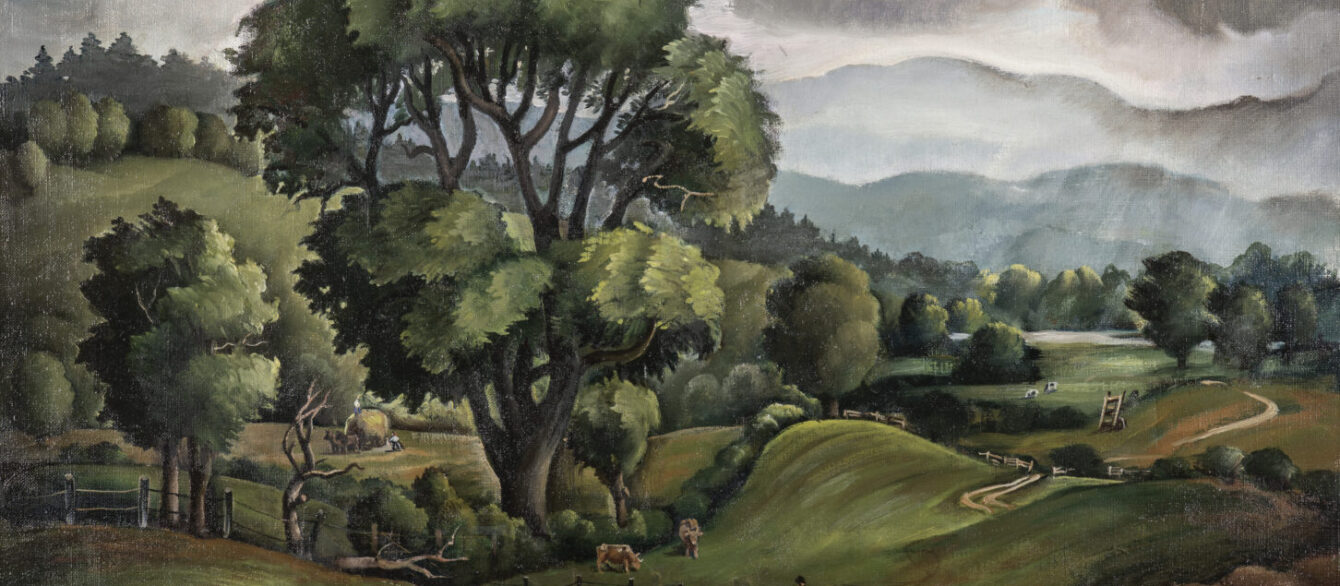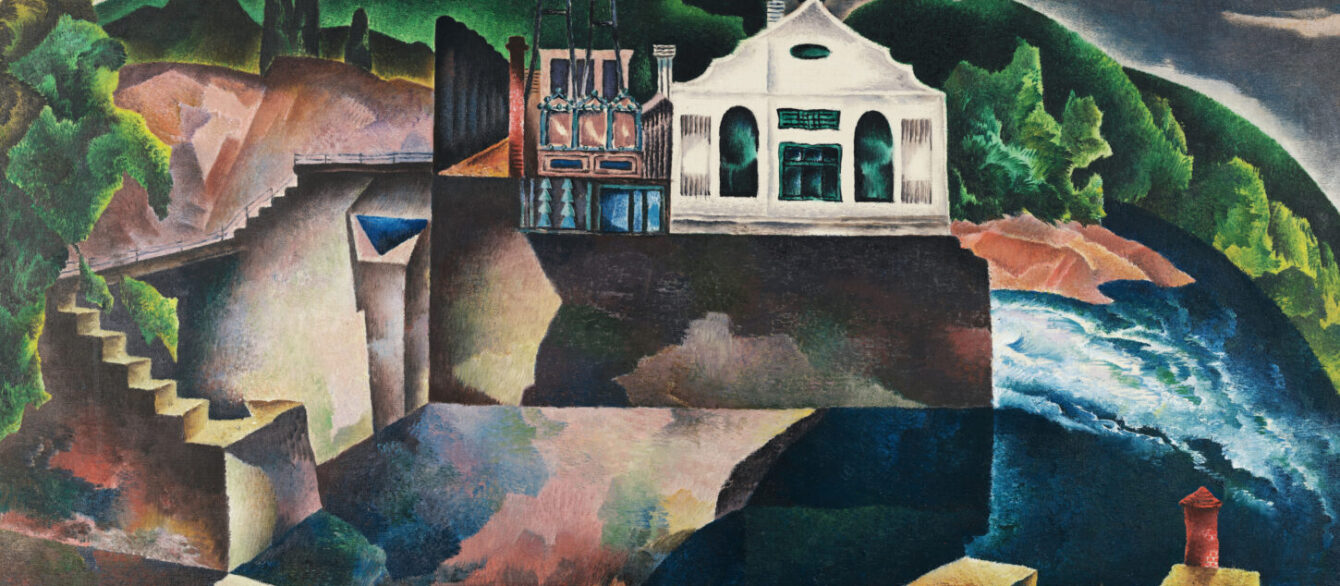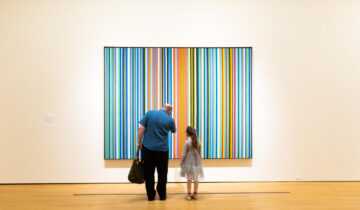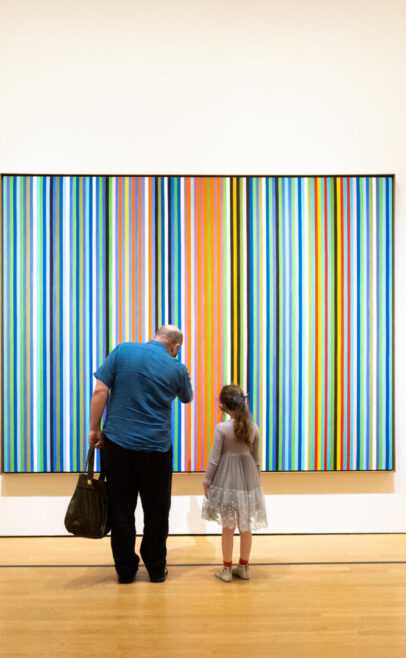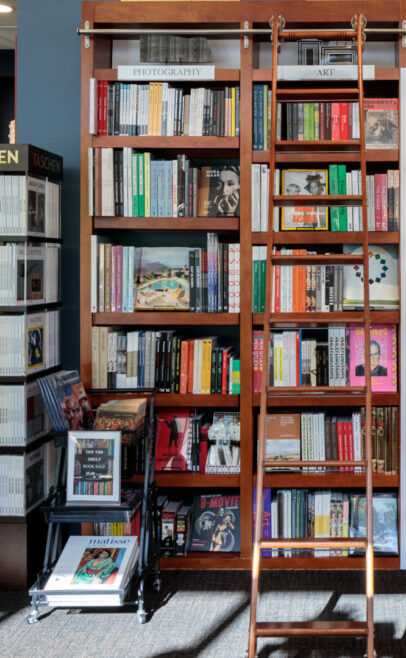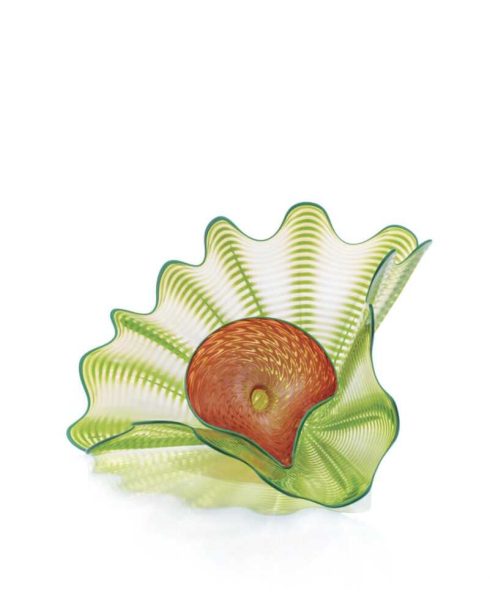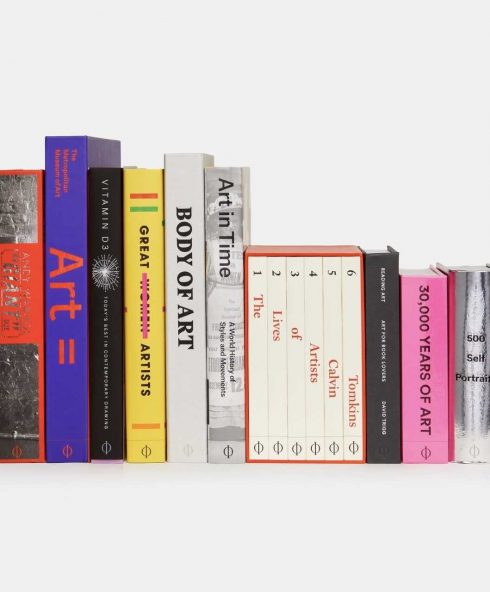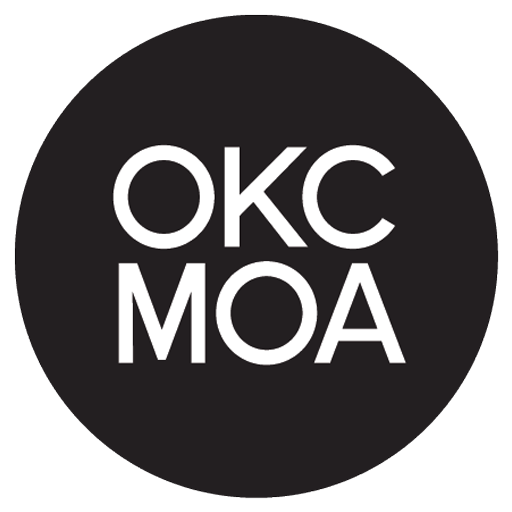The Works Progress Administration (WPA) was created in 1935 to curb the mass unemployment of the Great Depression, and while it mostly focused on improving the nation’s infrastructure, its Federal Art Project (FAP) provided substantial resources for artists and established over one hundred art centers around the United States. Included among these was the WPA Experimental Gallery, which would later become the WPA Oklahoma Art Center. Many of the artworks depict American labor and industry, including scenes of infrastructure, fertile farmlands, small-town life, and big city vibrancy. When the WPA began to dissolve in 1942, the Oklahoma Art Center became an independent entity, and the FAP’s Central Allocation Unit gave twenty-eight works by twenty-six artists to the city of Oklahoma City, providing the basis for OKCMOA’s permanent collection.
Image Credits:
Yvonne Twining, Rainy Day (detail), 1938, oil on canvas, 22 x 28 in., Oklahoma City Museum of Art, WPA Collection, 1942.036, Image by Google
William S. Schwartz, Power Plant # 2 (detail), 1937, oil on canvas, 30 1/2 × 40 1/2 in., Oklahoma City Museum of Art, WPA Collection, 1942.033, Image by Google
